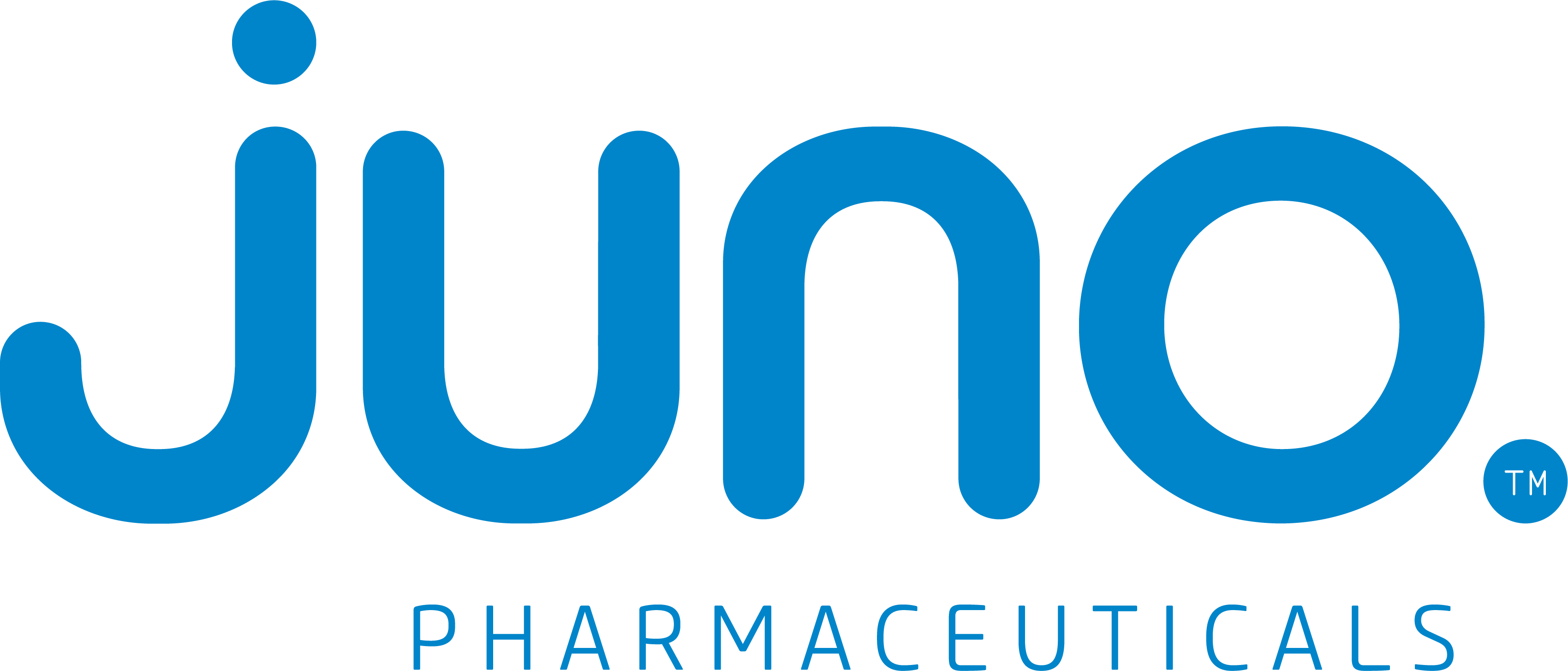
National Skill Development Coorporation has identified more than 60 job roles for the pharmacy graduates and post gradutes for consideration under the Pradhan Mantri Kaushal Vikas Yojna. Healthcare is the fifth-largest employer among all sectors, both in terms of direct and indirect employment. Given the significance of highly educated and specialized scientists in the sector, skill development is crucial. The government and the Pharma sector in unison have managed to effectively harness the power of Information technology to improve efficiency. Under the National Pharmaceutical Pricing Policy, as on December 15, 2016, ceiling price of 853 formulations are under price control.
Quality Assurance
AbstractThis article provides an overview of the Pradhan Mantri Bhartiya Janaushadhi Pariyojana (PMBJP) scheme in India. The PMBJP scheme aims to make quality generic medicines available and affordable to all sections of society, especially the economically weaker sections. The article discusses the types of medicines available through the scheme, quality standards, certification process, pricing, and benefits to the general public.
History of Generic Medicines in India
Generic medicines are much cheaper because they do not involve the initial research and marketing costs of branded medicines. However, they are bioequivalent to branded drugs and are just as safe and effective. Despite government efforts to promote generic medicines through initiatives like Jan Aushadhi Kendras, the availability of generics in rural and remote areas is still limited.
- Such patents are routinely granted in the US and other countries, but India chose to prioritise access to medicines over the business interests of the pharmaceutical industry.
- Also, a visit to a Pradhan Mantri Jan Aushadhi Kendra was done to evaluate the operational of the scheme.
- ConclusionIn conclusion, the PMBJP scheme has been instrumental in making quality generic medicines available and affordable to all sections of society, especially the economically weaker sections in India.
- But the quality of the generic drugs is never compromised.These are cost-effective only as research and development, and drug discovery costs are not involved in the case of generic drugs.
- Limitations included potential publication bias and generali-zability due to diverse study populations.
What Are Generic Medicines?
- This makes them more accessible to patients and healthcare providers across different regions.
- There should be an unwavering commitment to high standards of quality in drug manufacturing and quality frameworks such as Good Manufacturing Practices should strictly be adhered to.
- The Government of India has taken up a number of initiatives to create an ecosystem that fosters manufacturing and have identified a few key areas.
- The Pradhan Mantri Bhartiya Janaushadhi Pariyojana (PMBJP) Scheme has introduced 2,047 medicines and 300 surgical devices, including cardiovascular, anti-cancer, and anti-diabetic treatments.
- Today, India is the world’s primary source of affordable HIV medicines as it is one of the few countries with the capacity to quickly produce newer HIV drugs as generics.
- It is designed and developed by National Informatics Centre (NIC), Ministry of Electronics & Information Technology, Government of India.
Efficacy refers to the ability of medicines to produce desired therapeutic effects under ideal conditions. Availability involves the presence of essen-tial medicines in appropriate forms and quantities at healthcare facilities. Customer satisfaction assessed whether expectations regarding quality and experience were met.
Why are generic medicines cheaper?
This public health approach to setting strict patent standards is in line with international trade rules and encourages timely entry of affordable generics into the market, driving prices down. Over the years, citizens have collectively saved up to Rs. 20,000 crores, a testament to the scheme’s impact on reducing healthcare expenditure. Collaborating with 36 distributors selected across states and union territo-ries has further bolstered the supply chain structure. With an objective of making quality generic medicines available at affordable prices to all, Pradhan Mantri Bhartiya Janaushadhi Pariyojana (PMBJP) was launched by the Department of Pharmaceuticals, Ministry of Chemicals & Fertilizers in the year 2008. Under the Scheme, dedicated outlets known as Pradhan Mantri Bhartiya Janaushadhi Kendras (PMBJKs) are opened to provide generic medicines at cheaper rates to the citizens. Government has set a target to open 10,500 Kendras across the country by March 2025.
Why Are Generic Medicines Cheaper?
Pharma companies should go above and beyond their CSR mandates to provide life saving and other essential drugs to those who cannot afford them. Our medications are sourced from Indian certified manufacturers and meet global regulatory standards. Our support team works tirelessly to assist patients and healthcare providers with their medication requirements.
- Efficacy refers to the ability of medicines to produce desired therapeutic effects under ideal conditions.
- Generic drugs in India must meet strict quality standards set by the Central Drugs Standard Control Organization (CDSCO).
- Availability involves the presence of essen-tial medicines in appropriate forms and quantities at healthcare facilities.
- Yet, the country’s marginalised populations have limited access to medicines as branded medicines are sold at significantly higher prices than their unbranded generic equivalents, despite being identical in the therapeutic value.
- Generic drugs have the same active ingredients as the brand-name drugs, ensuring the same therapeutic benefits.
- The only significant difference is the price, as generic drugs are often 30% to 90% cheaper than branded medicines.
Pradhan Mantri Bhartiya Janaushadhi Pariyojana (PMBJP) : Making Quality Medicines Affordable and Accessible in India
Governments of developing countries have also initiated HIV treatment programmes using generically produced medicines from India. These programmes benefit more than 15 million people who are living with HIV/AIDS. President’s Emergency Plan for AIDS Relief (PEPFAR), UNITAID and others, rely on the country’s generic antiretrovirals for the programs they support. This allowed for the production of low-cost, generic versions of medicines that were patented in other countries.
Jan Aushadhi and other Generic Medicine initiatives in India
Today, India is the world’s primary source of affordable HIV medicines as it is one of the few countries with the capacity to quickly produce newer HIV drugs as generics. Big pharmaceutical corporations with patent monopolies were charging over $10,000 per patient per year for antiretrovirals (HIV medicines), thereby making treatment economically unviable for millions of patients in the developing world. All Generic and Branded Medicines and the rest of the essential medical products on Medkart Pharmacy are sourced directly from reputable manufacturers, ensuring authenticity and compliance with industry standards. The production of affordable generics helped address critical healthcare needs in India, particularly in treating infectious diseases like tuberculosis and malaria, which were prevalent across the country. Quality medicines at affordable prices are now available to the poor and disadvantaged through the “Pradhan Mantri Bhartiya Jan aushadhi Kendras”.
- Limitations included potential publication bias and generali-zability due to diverse study populations.
- The journey of generic medicines in India has been pivotal in transforming the country’s healthcare landscape.
- Also, a visit to a Pradhan Mantri Jan Aushadhi Kendra was done to evaluate the operational of the scheme.
- FDA (Food and Drug Administration) or India’s CDSCO (Central Drugs Standard Control Organization) ensure that generic drugs adhere to strict guidelines before they are approved for public use.
- Our generic drugs are priced competitively, without compromising quality, making life-saving treatments accessible.
- Additionally, the scheme has extended coverage to senior citizens aged 70 and above.
- Under the PMBJP Kendras, a medicine is priced on the principle of a maximum of 50% of the average price of the top three branded medicines.
- You can trust Indiangenericprice for reliable access to specialized medications that are affordable and delivered worldwide.
- Yes, generic medicines are required to meet the same safety, quality, and efficacy standards as branded medicines.
Medicines for BP Problems
It has led to significant cost savings for consumers and positive feedback from customers. However, challenges persist, including the need for greater awareness and addressing misconceptions. To further en-hance the program’s impact, efforts should focus on public awareness, supply-side regulations, and medicine pricing policies. Overall, the PMJAY has shown great potential in making healthcare more accessible and affordable, but con-tinuous improvements are necessary to aromasin price in uk achieve even better outcomes for the population. Generic medicines play a key role in government healthcare initiatives such as the Pradhan Mantri Jan Aushadhi Yojana (PMJAY), which aims to make essential medicines affordable and accessible to all citizens. By offering low-cost, high-quality alternatives to branded drugs, generic medicines help reduce healthcare costs and improve access to treatments, supporting the government’s broader goal of universal healthcare.

National Government Services Portal
This research explores the Pradhan Mantri Jan Aushadhi Yojana (PMJAY) and its impact on im-proving healthcare drug accessibility, affordability, efficacy, and customer satisfaction through the provision of generic medicines in India. The literature review examines consumer perceptions, knowledge, and attitudes toward generic drugs, highlighting the potential of such initia-tives while acknowledging existing challenges. The objective of the research is to assess the effectiveness, accessibility, affordability, availabil-ity, and customer satisfaction of generic medicines available under the Pradhan Mantri Jan Aushadhi Yojana (PMJAY). Also, a visit to a Pradhan Mantri Jan Aushadhi Kendra was done to evaluate the operational of the scheme. Findings reveal the Pradhan Mantri Jan Aushadhi Yojana (PMJAY) success in providing affordable medicines to underserved populations, generating cost savings, garnering positive feedback from customers, and making them available easily. However, it has been observed that low awareness and misconceptions remain significant hurdles.
In a very proactive move, the Government of India is setting up an electronic platform to regulate the profusion of online pharmacies that are coming up, under a new policy, to stop any misuse due to easy availability. India has always taken a bold and exemplary stand against blind patent protection that benefit global pharma giants. India already has the second highest number of US FDA approved facilities and labour costs in Indian are significantly lower than other manufacturing hubs.
Indian pharmaceutical companies manufacture a wide range of generic drugs, including antibiotics, antivirals, and medicines for chronic diseases like diabetes and hypertension. In India, generic pharmaceuticals are crucial to lowering healthcare costs and increasing access. We may better appreciate their vital function in the healthcare system if we are aware of their advantages, difficulties, and legal environment.
These issues stem from quality control, regulatory oversight, and consumer perception, all of which can hinder the widespread acceptance and effectiveness of generics in the country. The Vice President asked Pharma companies to go above and beyond their CSR mandates to provide life saving and other essential drugs to those who cannot afford them. He said that it was essential for a country like India to provide healthcare and medicines at affordable prices. In developing countries, India is rendering yeoman service by providing access to life saving medicines at affordable prices, he added. Medicines in almost every therapeutic category are sold primarily as branded drugs, at disproportionately high prices. There is still a large section of the population which finds it difficult to afford these high-priced medicines.
The Supreme Court of India also upheld the 2006 decision of the Indian patent office that refused a patent for a mere incremental innovation to a Swiss Pharma major. It has also introduced a range of fiscal incentives to promote domestic manufacturing, including the reduction of inverted duty structure and basic customs duty. Pharmaceuticals is one of the fastest growing contributors to “Make in India” campaign since its inception. The Pharma industry has posted a robust, double-digit growth over the last few years. The industry was worth US $36.7 Billion in 2017 and is projected to grow to US $55 Billion by 2020.
The infographic below highlights the sky-high prices of patented drugs in the US vs low-cost Indian generics.
The amendment reintroduced product patents for medicines, but India included provisions such as compulsory licensing, which allowed the production of generics for life-saving drugs in cases of public health emergencies. Rural health programmes, lifesaving drugs and preventive vaccines should also receive attention from policy makers and Pharma companies alike. Making quality medicines available at affordable prices for all, particularly the poor and disadvantaged, through exclusive outlets “Jan Aushadhi Medical Store”, so as to reduce out of pocket expenses in healthcare. For the benefit of the Indian population, DR BEST Pharmaceuticals also took a great initiative by starting their online pharmacy, which offers generic medicines with up to 80% discount at your doorsteps. The law was designed with the objective of stopping drug giants from indulging in ‘evergreening,’ an unfortunately common and abusive patenting practice in the pharmaceutical industry.
Drug Resources
Generic medicines are widely available and are often produced by multiple manufacturers once the patent for the original drug expires. This makes them more accessible to patients and healthcare providers across different regions. The scheme was a major milestone in making healthcare accessible to all citizens, especially in rural and underprivileged areas. PMJAY also helped raise awareness about the benefits of generic medicines, countering the perception that generics are of lower quality. The AIDS crisis in the late 1990s further highlighted India’s role in the global healthcare system. Indian companies, particularly Cipla, gained international recognition by producing affordable generic antiretroviral (ARV) drugs to treat HIV/AIDS, which significantly lowered the cost of treatment in Africa and other developing regions.
How do generic medicines promote health equity?
The Atharva veda is a treasure trove of knowledge and wisdom in the field of medicine. It is clear that since the ancient times India had a very systematic, scientific and rational approach to the treatment of diseases. India has undertaken a long and arduous, yet rewarding journey in Pharmacology, from the “Charak Samhita” of traditional Indian medicine system, to becoming the third largest drug manufacturer in the world, in terms of volume, in the field of modern medicine. I have been buying prostate cancer medicine Abiraterone for my dad regularly with them.
For them, the brand name matters not only in cosmetics, clothes, groceries, and accessories but also in the case of medicines. They have a common notion that generic drugs are available at a low price so they may be of inferior quality. As India continues to address its healthcare challenges, the role of generic medicines will remain vital in ensuring that all individuals have access to the medications they need for maintaining good health.
This regulatory oversight helps maintain public trust in generic drugs and ensures that they are as effective as their branded counterparts. In 2008, the Indian government launched the Jan Aushadhi Scheme, later renamed Pradhan Mantri Jan Aushadhi Yojana (PMJAY) in 2015. This initiative aimed to promote the use of affordable generic medicines by establishing Jan Aushadhi Kendras (stores) across India, where patients could purchase high-quality generic medicines at significantly lower prices than branded drugs. Though the government has encouraged the prescription of generic medicines, many doctors in India still prefer prescribing branded drugs due to established relationships with pharmaceutical companies or doubts about the quality of generics. Today, India is one of the world’s largest producers and exporters of generic medicines, accounting for about 20% of the global supply.
We at Medkart Pharmacy dream of making sure that everyone is truly aware of Generic Medicines. You can also buy essential medical products, branded or generic medicines online from medkart official website. Yes, generic medicines are available for a wide range of diseases, including chronic conditions like diabetes, hypertension, and infectious diseases. Increasing the number of Jan Aushadhi Kendras across India, especially in rural areas, can ensure the availability of generic medicines to even the most underserved populations. Branded drugs are developed after years of research and clinical trials, making the original manufacturer the exclusive seller for a specific time through a patent. This leads to lower costs because generic manufacturers do not incur the high expenses of research and marketing.
Therefore, the cost of Jan Aushadhi medicines is cheaper by ~50% and in some cases, by 80-90% of the market price for branded medicines. India is the largest provider of generic drugs globally with the Indian generics accounting for 20 % of global exports in terms of volume. The Vice President said that apart from being the world leader in generic medicines, India should promote Indian systems of Medicine. He asked young researchers to work towards standardizing and benchmarking Indian systems of medicine and establish the efficiency, validity and efficacy of these traditional medicines, using globally established experimental protocols. Moreover, the Directorate General of Health Services has directed all Central Government hospitals to prescribe generic medicines only. Similar instructions also have been issued to ‘prescribe drugs with generic name legibly’ to all CGHS Doctors and Wellness Centres.
It is aimed at filing and then obtaining separate patents – referred to as ‘secondary patents’ – relating to different aspects of the same medicine. Such patents are routinely granted in the US and other countries, but India chose to prioritise access to medicines over the business interests of the pharmaceutical industry. Low-cost, generic medicines produced in India are helping millions of people across the world get affordable, high-quality medication. Yes, Medkart Pharmacy offers a diverse range of over-the-counter products to meet common health needs.



